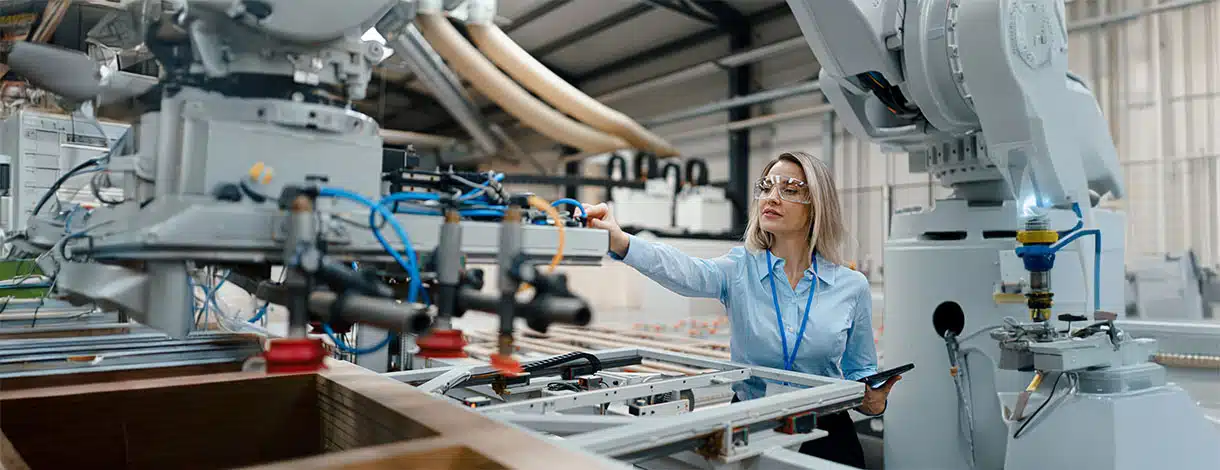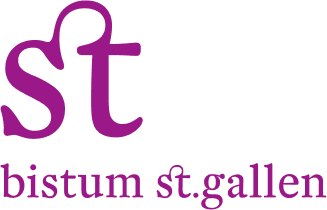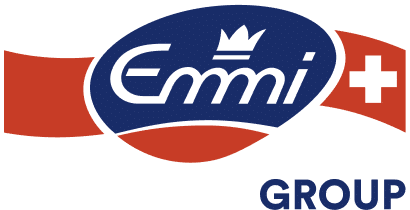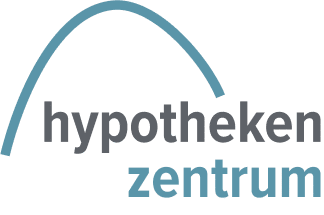Delphi Modernization enables companies from numerous industries such as Manufacturing, Logistics, Medical technology, etc., to safely continue operating old applications, reduce costs, and secure their integration into modern systems.
In this article, you will learn:
- Delphi Applications in the industry are stable, but insecure and expensive to maintain. A lack of developers and outdated technologies exacerbate the problems.
- Delphi Modernization in Switzerland means targeted stabilization and integration with modern systems instead of a risky complete replacement.
- soxes is your partner for Legacy Software Support and combines Delphi expertise with .NET, Python, PostgreSQL, and cloud solutions for companies from various industries.




















































